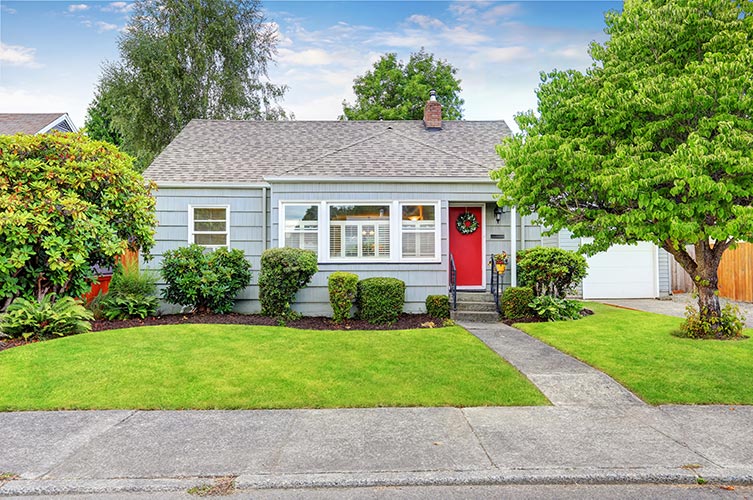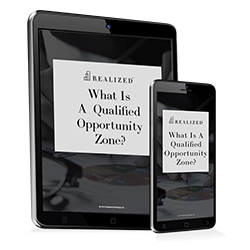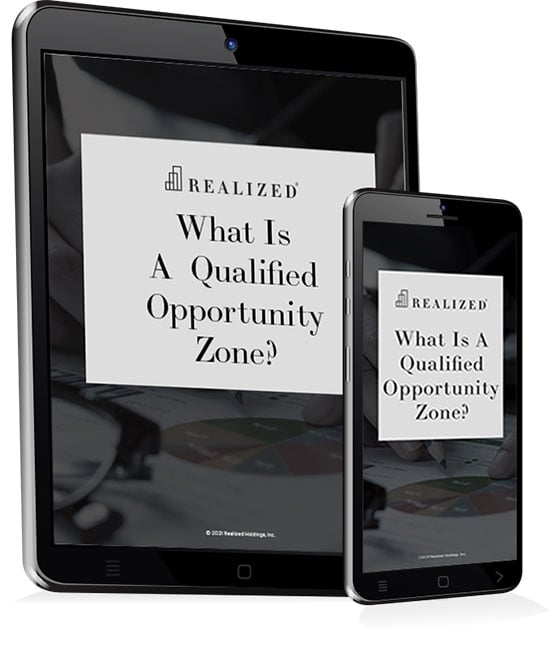
We’ve learned a great deal about Qualified Opportunity Zones ever since the initiative was passed as part of the Tax Cuts and Job Act (TCJA) of 2017.
- We know their purpose: to help direct economic resources to lower-income communities, in an effort to spur job creation and development.
- We know how this happens: investors put capital gains from the sale of assets into Qualified Opportunity Funds (QOFs) which, in turn, direct those monies toward Qualified Opportunity Zones (QOZs).
- And, we know how those with capital gains are encouraged to invest in QOFs: they receive some nice tax benefits, including capital gains tax deferrals and step-ups in basis.
Yet, the basic question that really hasn’t been addressed is: How many Opportunity Zones are there? Even more pertinent is: Where are these Opportunity Zones located? The answer to these questions is that QOZs total 8,762, and they are in all 50 U.S. states and six U.S. territories. This, in turn, leads to additional questions, including how QOZs were selected, and which states have the most tracts.
The Selection Process
QOZs are low-income community census tracts that were actually designated under another government initiative, the New Markets Tax Credit program. The NMTC program was developed to attract private capital into low-income areas by encouraging individuals and corporations to invest in Community Development Entities. The investors, in return, gain tax credits against their federal income taxes.
Following the TCJA’s passage in late 2017, U.S. state and territory governors had until March 21, 2018, to submit their suggested QOZ nominations to the U.S. Treasury. A total of 42,176 census tracks, consisting of both lower-income areas, and tracts contiguous to those areas, were submitted. In June 2018, the U.S. Treasury officially certified more than 8,700 of those tracts as QOZs.
The Numbers and Locations
Of the tracts designated, 8,532 are low-income communities, while 230 consist of communities contiguous to those lower-income areas. More than 75% of QOZs are in metropolitan areas, while 294 contain Native American lands.
Even with their diversity of location, QOZ zones tend to be characterized by the following:
- An annual median household income of $33,345
- A 31.75% poverty rate
- An average unemployment rate of 13.4% (as of 2018)
States and territories with the highest number of QOZ tracts are California (879), Puerto Rico (865), Texas (628), New York (514), and Florida (427). The U.S. Virgin Islands has the lowest number of QOZs, at 14.
The Effectiveness
Amid the metrics and numbers, another question is whether the QOZ program is effective. The answer is that the initiative is still too new to determine its success. However, some early research has focused on different sides of the program.
The White House Council of Economic Advisors issued its “Impact of Opportunity Zones: An Initial Assessment” in August 2020. In this report, the authors indicated that “the OZ tax cuts have spurred a large investment response,” noting that QOFs had raised $75 billion in private capital by the end of 2019. The authors also said that QOZ property and housing values increased, demonstrating more buyer and ownership interest in the designated tracts.
During June 2020, the Urban Institute released “An Early Assessment of Opportunity Zones for Equitable Development Projects,” indicating that QOZ investment “had reached at least $10 billion -- and likely more than that -- before the COVID-19 crisis took hold.” The authors said that the program helped “spur the evolution of a new community development ecosystem,” engaging both investors and developers “who have limited historical engagement in community development work.” However, many of the “mission-oriented actors are struggling to access capital.” The difficulty here is that current QOZ incentives don’t encourage either resident or community engagement, while funds struggle to find investors willing to accept below-market returns generated by QOZ projects. This, in turn, has led to a concentration of QOZ projects in coastal cities.
Finally, the Motley Fool introduced a different QOZ perspective, analyzing population growth and household incomes in what it called fast-growing Opportunity Zones. Many of these QOZs, surprisingly, are in secondary markets, such as Pennington County, SD; El Paso County, CO; and Albany County, NY. Other fast-growing QOZs are in counties with urban cores, such as Wayne County, MI (Detroit); Cook County, IL (Chicago), and Alameda County, CA (Oakland).
The Fool also forecasts that, given the current demographic trend moving away from larger cities to suburbs (due to COVID-19 fear of contagion), developers could start targeting secondary and tertiary markets for QOZ projects and opportunities.
A Potential for Additional QOZs?
Finally, another question asked is whether the Treasury will designate additional Opportunity Zones. The answer is no.
However, Sen. John Kennedy (R-LA) introduced S. 4780 -- the Hurricane Laura Recovery Opportunity Zones Act in early October 2020. The focus of this bill is to designate low-Texas and Louisiana low-income communities impacted by Hurricane Laura as eligible for investment of capital gains, to aid in redevelopment. The suggested investment hold periods are similar to those listed in the QOZ program, with investors benefiting from the same tax-deferred advantages. The bill has been read twice, and referred to the Senate Committee on Finance.
As the program currently exists, however, new QOZs can’t be created. However, a President Biden administration could facilitate changes to the initiative, such as implementing stronger reporting requirements and putting into place provisions that increase transparency.
For additional information about the Opportunity Zones program and how you might be able to participate, contact Realized Holdings by logging on to www.realized.com, or calling 877.797.1031.
There are material risks associated with investing in QOZ properties and real estate securities including liquidity, tenant vacancies, general market conditions and competition, lack of operating history, interest rate risks, the risk of new supply coming to market and softening rental rates, general risks of owning/operating commercial and multifamily properties, short term leases associated with multi-family properties, financing risks, potential adverse tax consequences, general economic risks, development risks, long hold periods, and potential loss of the entire investment principal.
Past performance is not a guarantee of future results. Potential cash flow, returns and appreciation are not guaranteed. IRC Section 1031 is a complex tax concept; consult your legal or tax professional regarding the specifics of your particular situation.
This is not a solicitation or an offer to sell any securities. There is no guarantee that the investment objectives of any particular program will be achieved.



